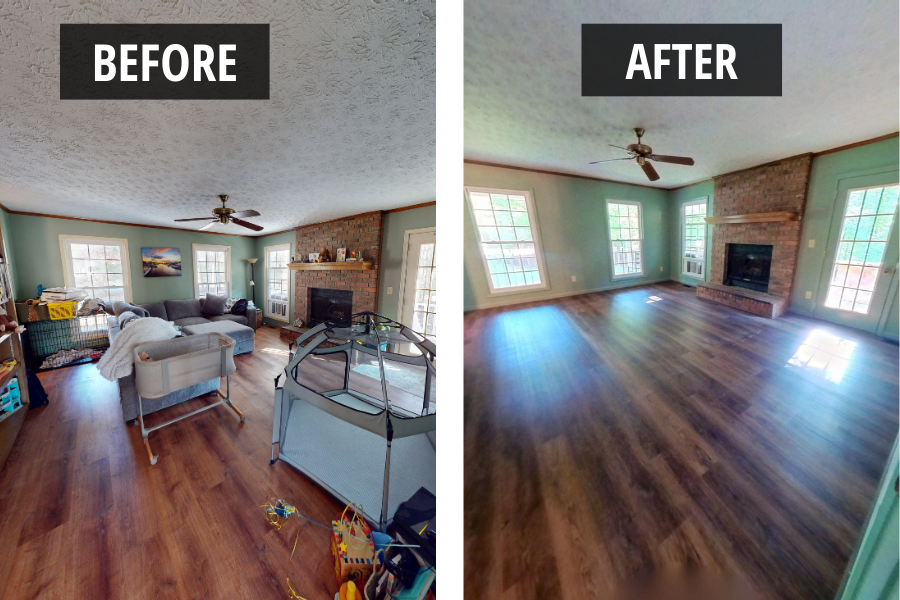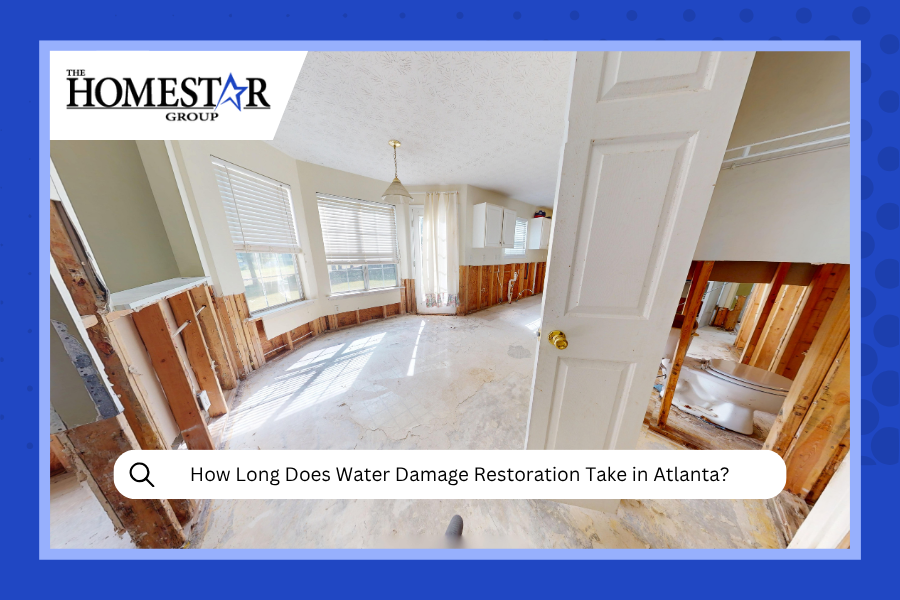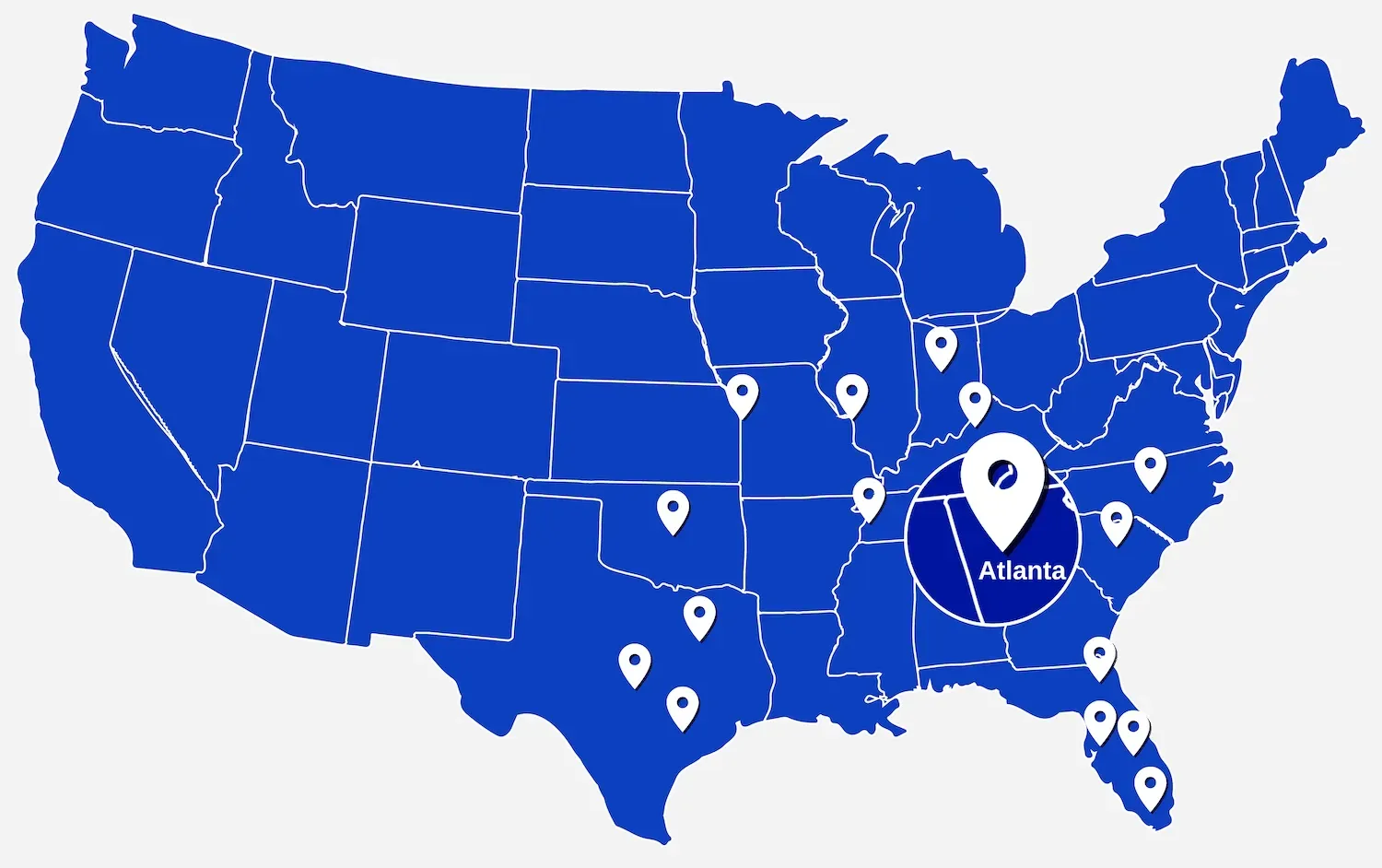
The Risk of Water Damage from Toilet Overflow and Leaks
Your toilet may seem like one of the most durable fixtures in your home, but when problems arise, it can quickly become a major source of water damage. From slow leaks to full-on overflows, toilets are a common culprit in costly repairs and property damage. If left unnoticed or unaddressed, the results can be devastating. In this post, we'll break down the causes, warning signs, and prevention strategies for water damage from toilet overflow and leaks, plus how professionals can help you with trusted Atlanta water restoration services.
Sneaky Saboteurs: How Toilets Become a Source of Home Damage
It's easy to take a functioning toilet for granted. However, even a small leak or slow drip can escalate into structural water damage over time. Toilet overflows, whether caused by clogs or mechanical failures, can send gallons of contaminated water into your bathroom, seeping into floors, baseboards, and subflooring. Worse, this type of water is considered "Category 2" or "gray water," which can pose health risks if not cleaned and disinfected promptly.
Can a leaking toilet cause structural damage? Absolutely. If ignored, moisture from even a minor leak can rot subflooring, warp wooden supports, and foster mold growth, all of which threaten your home’s structure and indoor air quality.
The Usual Suspects: Common Toilet Issues That Cause Water Damage
Toilets can malfunction in several ways. Some of the most common problems include:
Faulty Seals and Gaskets
Rubber seals around the toilet base and tank wear down over time. When they crack or fail, water can seep out with every flush.
Clogged or Blocked Pipes
Too much toilet paper, foreign objects, or sewer line issues can cause a blockage. When the water has nowhere to go, it backs up and spills onto your floor.
Constantly Running Toilets
A running toilet might not seem urgent, but it can waste hundreds of gallons of water daily. Over time, this can lead to overflow or unnoticed leaks inside the tank or base.
Loose Tank Components
Wobbly handles, misaligned flappers, or broken fill valves can prevent proper flushing, leading to multiple flushes and potential overflows.
Early Warnings: Recognize the Red Flags of Toilet Leaks
Knowing what to look for can help you address issues early. Here are some warning signs:
- Water pooling around the toilet base: Often mistaken for condensation, this is a classic indicator of a seal leak.
- Mold or mildew near the toilet: Persistent moisture encourages mold growth in baseboards and nearby walls.
- Loose flooring or peeling vinyl: Water beneath the floor can warp wood and loosen adhesives.
- Unexplained spikes in water bills: A silent leak can increase your water usage significantly over time.
- Toilet tank refilling often: If the tank seems to refill even without flushing, it’s likely leaking into the bowl or drain.
Smart Habits: Prevent Water Damage from Toilet Overflow and Leaks
Preventing water damage starts with good habits and regular maintenance. Here are a few tips to stay ahead of potential problems:
- Inspect Regularly: Every few months, check for visible leaks, wobbling, or unusual moisture around the toilet base.
- Replace Worn Parts: Gaskets, flappers, and supply lines should be replaced as soon as they show signs of wear.
- Avoid Flushing Problem Items: Teach household members not to flush wipes, feminine products, or paper towels. Even “flushable” wipes can clog pipes.
- Use Food Coloring to Detect Leaks: Add a few drops of food coloring to the tank. If the color appears in the bowl within 30 minutes, you have a leak.
- Get Professional Inspections: A plumber can spot hidden vulnerabilities that may not be obvious to a homeowner.
Help When You Need It: How The Homestar Group Handles Toilet Leaks and Water Damage
When the worst happens, you need a fast, experienced team to minimize damage. That's where The Homestar Group comes in. We specialize in diagnosing the cause of water damage from toilet overflow and leaks, and we’re experts at restoring homes to their pre-loss condition.
Here's how The Homestar Group supports Atlanta homeowners dealing with toilet-related water damage: We provide rapid emergency response to minimize damage and prevent mold growth. Our team uses professional-grade equipment for thorough water extraction and drying of all affected areas, including floors and walls. We also handle complete sanitization and deodorization to eliminate harmful bacteria and odors. From structural repairs to coordinating with your insurance provider, we take care of every step to restore your home and reduce your stress.
Take the Next Step: Call The Homestar Group for Atlanta Water Restoration Services
Don't wait until a minor leak becomes a major disaster. If you've noticed signs of a toilet leak, suspect a clog, or have already experienced an overflow, contact The Homestar Group at (678) 928-5377 or fill out an online form on our website. We're your trusted partner for Atlanta water restoration services, ready to respond fast and restore your peace of mind.




